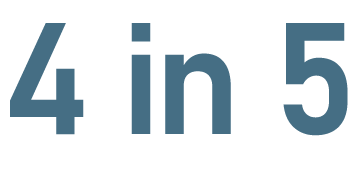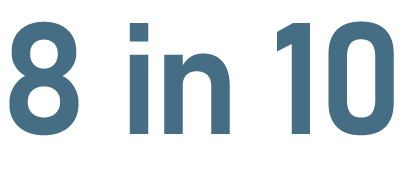The Office of Research and Evaluation is responsible for producing a variety of reports, including statistical summaries of SCDPPPS’ population and recidivism reporting, and reviewing all unsolicited data requests and research proposals.
A completed Request for Data Form(PDF) must be submitted for all data requests, and submitted by email to Research.Evaluation@ppp.sc.gov. Due to the multi-level review process, decisions may take several weeks. Please consider the length of time a review may take when submitting a data request or research proposal.
- Fiscal Year 2025-2026 Strategic Plan(PDF)
- 2025 Sentencing Reform and Oversight Committee Report(PDF)
- EEOP Utilization Report(PDF)
- SCDPPPS FY 23-24 Contribution Expenditure Reports(PDF)
- SCDPPPS FY 24-25 Contribution Expenditure Reports(PDF)



